Nepenthes pervillei Facts
- This remarkable, as well as extremely distinctive, plant bears the relatively cumbersome formal scientific name of the Nepenthes pervillei. Unfortunately, for the moment, this fascinating creation of Nature has no generally accepted common name, however.
- The first, formal recognition of the intriguing plant as a separate and distinct species took place in the year 1852. The respected German-Dutch botanist, Charles Ludwig de Blume further holds the distinction of this scientifically noteworthy accomplishment.
- Subsequently, though, later research eventually moved the unique plant to another genus, renaming it as Anurosperma pervillei. To confuse the issue even more, however, still later studies placed it back into its original genus, and restored the original name.
- Such shuffling happens occasionally, coming as no surprise to those who follow the field. That’s due to the fact that newer research, utilizing improved scientific tools and knowledge frequently alter our understanding and knowledge of the world around us.
- Fortunately for it, the remarkable work of evolution appears to have a population base that’s both sizeable and stable. This also appears to hold true throughout the entirety of its admittedly small range. The IUCN, therefore, currently lists it as Least Concern.
- The Nepenthes pervillei nevertheless must be considered to facing at least some threats to its continued existence, as most species do. Habitat loss forms a very real potential danger, of course. Its greatest threat, though, likely consists of climate change.
Related Articles
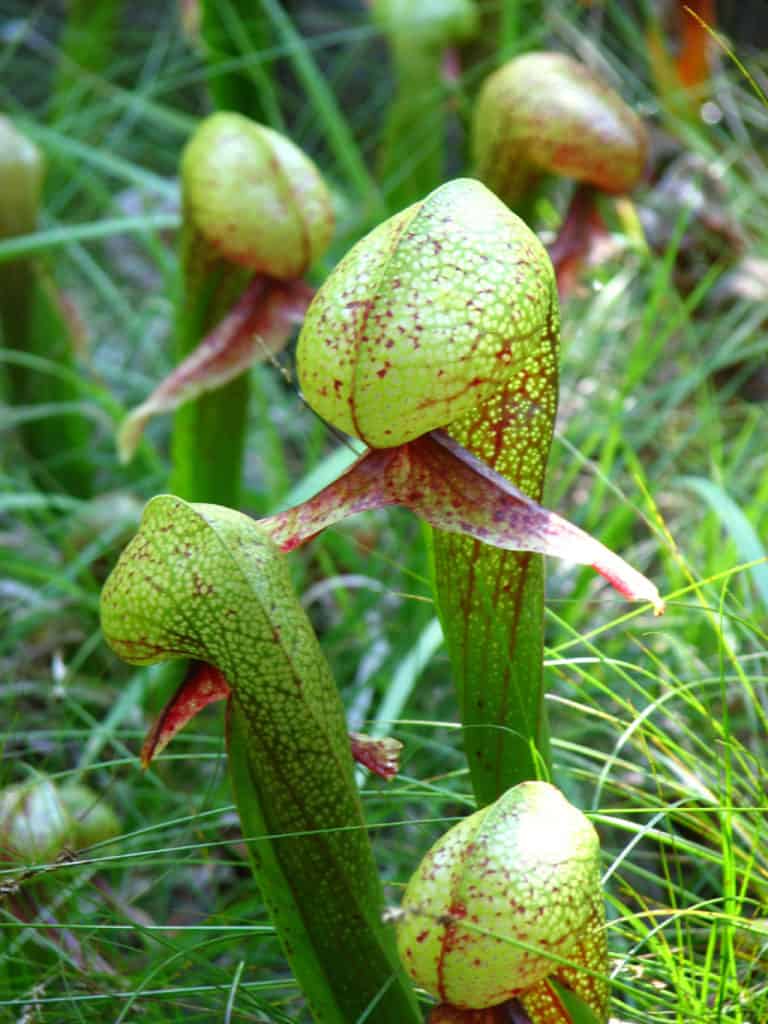
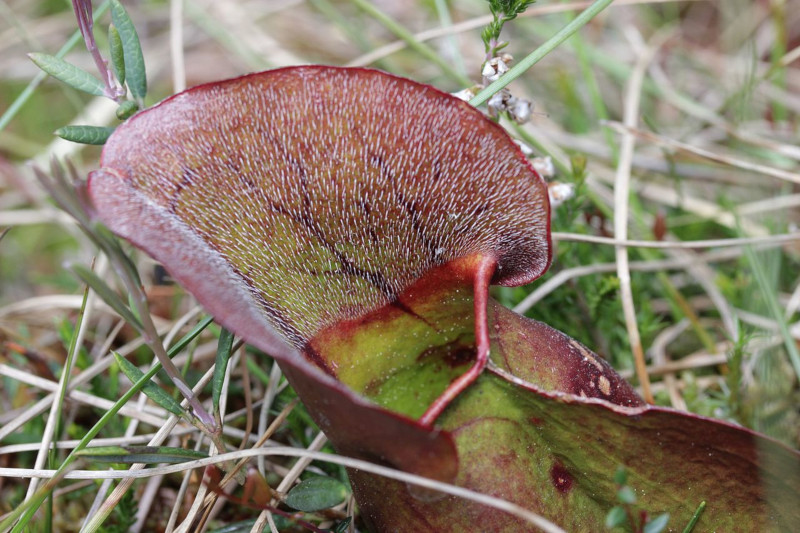
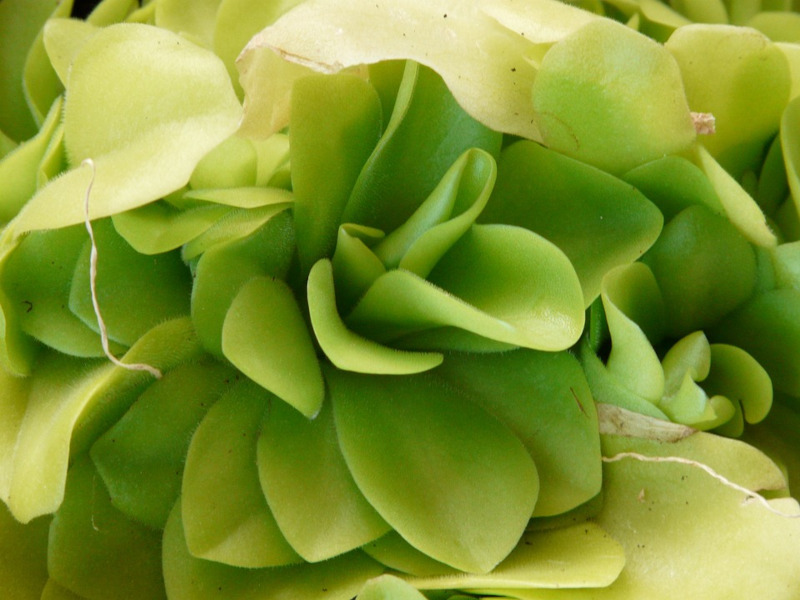
Nepenthes pervillei Physical Description
Although the marvelous Nepenthes pervillei never fails to dazzle and impress those fortunate to encounter it, the plant doesn’t do so due to sheer size. That’s because it remains a physically small specimen. That holds especially true due to some of its relatives.
The plant nonetheless holds its own brand of visual appeal for those who appreciate the variety of Nature. This botanical wonder evolved as a varity of pitcher plant. Due to shared genetic traits, the trap develops as strongly vertical in construction.
The trap further attains a normal maximum height of roughly 5.5 in (14 cm). This structure also tends to remain quite slender. Typically this has an average diamter of only about 1.2 in (3 cm). This further sits atop a slim stem that averages about 2 in (5 cm).
Each of these plants also manifests numerous short leaves, with a rounded tip. These further tend to vary signicantly in length, from individual to individual. As a general principle, however, this foliage attains roughly the same length as the trap does height.
Intriguingly, the coloring of the Nepenthes pervillei changes over time. Younger plants tend to display a predominantly reddish-brown hue, along with an external covering of fine hairs. Mature specimens, though, tend to progress from greenish-yellow to purple shades.
- Kingdom: Plantae
- Phylum: Angiosperms
- Class: Eudicots
- Order: Caryophyllales
- Family: Nepentheceae
- Genus: Nepenthes
- Species: N. pervillei
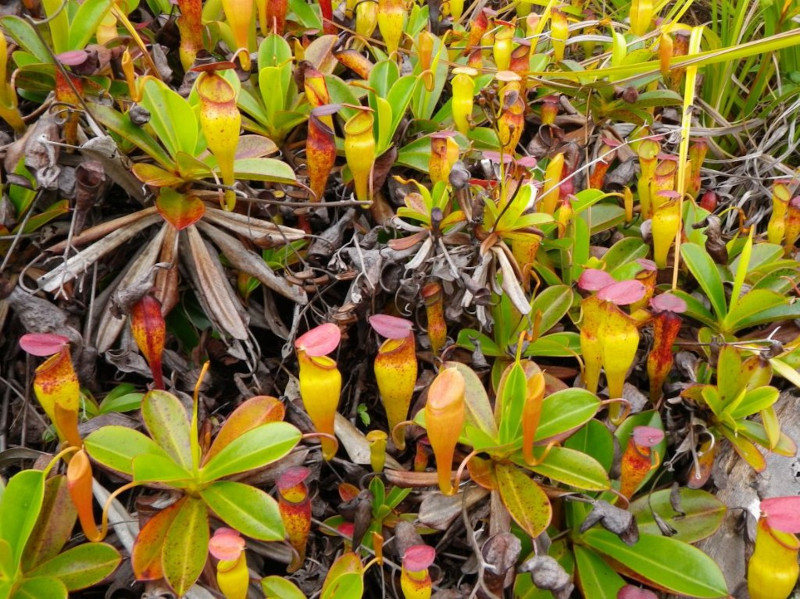
Nepenthes pervillei Distribution, Habitat, and Ecology
Quite sadly, the magnificent Nepenthes pervillei appears to possess and extremely limited range of habitation. That range is also severely restricted, complicating its chances of long term survival. Fortunately, though, it’s native region’s extremely lush overall.
That’s because it evolved as native to a very small, specific portion of the Indian Ocean. More precisely, to the knowledge of researchers, it only lives in the Seychelles. Even within that region, however, it only appears on the islands of Mahé and Silhouette.
Presently, no evidence exists that it ever spread beyond this limited range. Within that very specific range, it also displays decidedly strong, and prohibitive habitat requirements. To begin with, all known specimens make their home on or near mountain summits.
Not only that, however, those mountain summits, already few in number on the islands, must also be primarily composed of granite in their structure. There, the roots of this unique botanical marvel struggle valiantly to reach deep into small cracks and crevices.
Altitude also seems to play a vital role in its requirements for survival. Due to that, all known plants live at altitudes ranging from 1,148 – 2,460 ft (350 – 750 m) above sea level. The precise evolutionary reason for such specific requirements, however, is a mystery.
The soil in such locations obviously remains extremely poor in vital nutrients, though. Being carnivorous in nature, the Nepenthes pervillei therefore supplements its nutritional needs by consuming live prey. These vary, of course, but ants comprise the majority of its diet.
Species Sharing Its Range
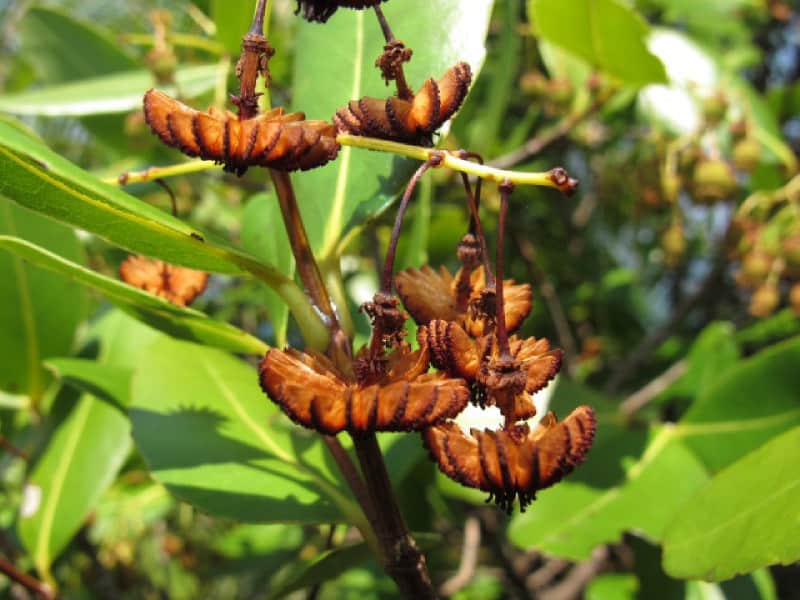

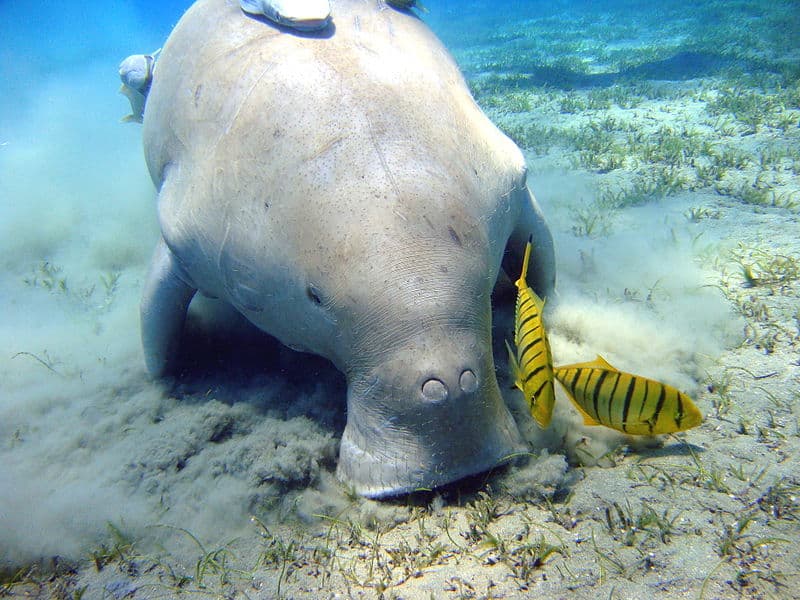
Checdk out our other articles on 4 Stunning Bering Sea Species, Zebra Shark, Dune du Pilat, Alaskan Timber Wolf, Giant Wood Moth, Chinese Giant Salamander, Shoebill, Black Mamba
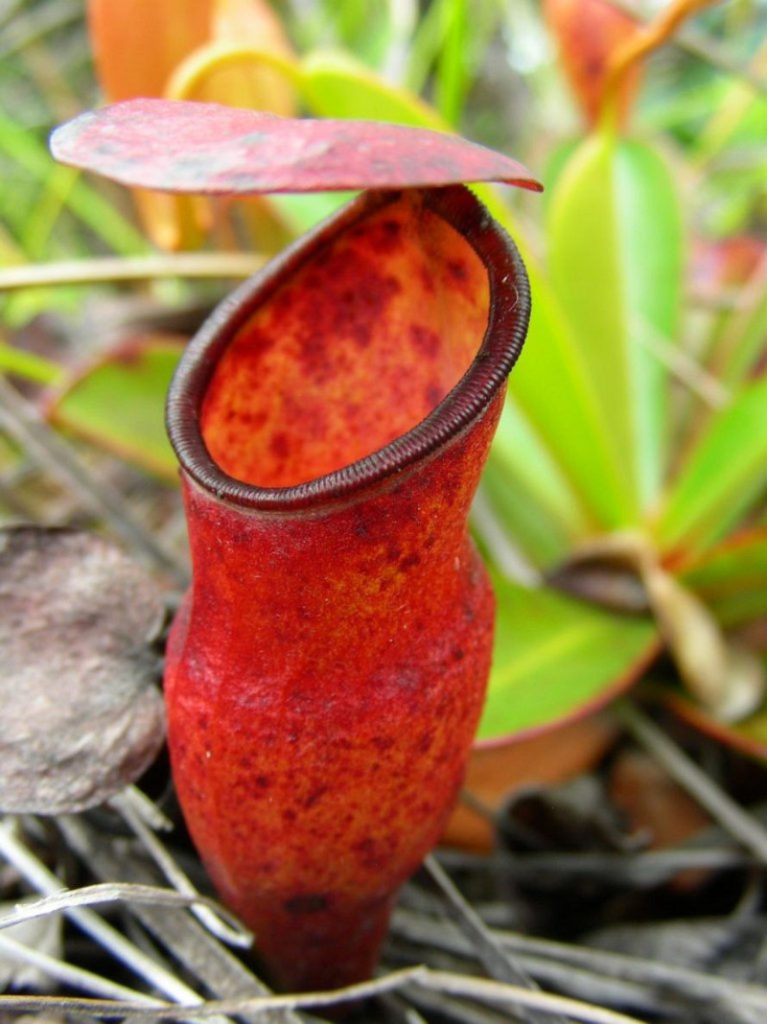
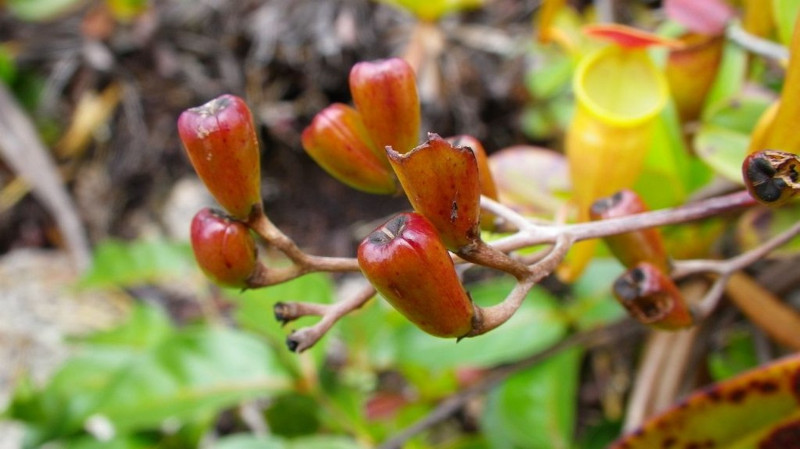









Leave a Reply